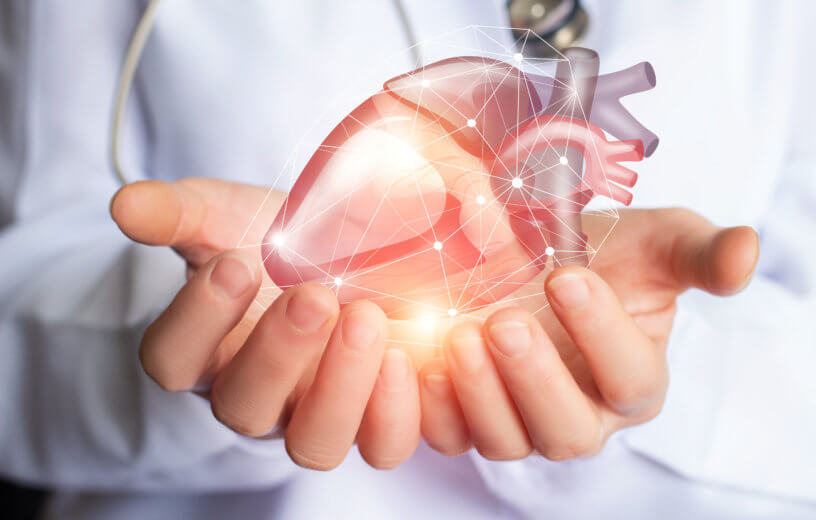PHILADELPHIA — It goes without saying that the heart is one of the most vital organs in the human body. While physicians know how the heart pumps blood, a new study reveals which chemical substances are fueling this process. In a first-of-its-kind picture, researchers at the University of Pennsylvania have uncovered which nutrients are going in and coming out of the human heart.
Study senior author Zoltan Arany says their study reveals key information about what’s happening inside a normal heart and also within failing hearts. This will give researchers a better understanding of how to deal with heart disease in the future.
“Understanding, at this level of detail, how the heart handles fuel and nutrients should inform the development of future treatments for heart failure and related conditions,” the director of the Cardiovascular Metabolism Program at Penn Medicine says in a university release. “Now that we have a clear picture of how the heart fuels itself, we can set our sights on devising ways to improve heart metabolism in heart failure.”
Samples from people with AFib, heart failure
The unprecedented research involved simultaneous samples of blood from various regions of the circulatory system in over 100 participants. This recorded the levels of connected molecules going into and leaving a beating heart. The samples came from a group of 87 men and women undergoing a procedure to treat atrial fibrillation. This condition can cause an irregular and rapid heart rate which may lead to poor blood flow. Patients with atrial fibrillation have upper heart chambers which are beating out of sync with the lower chambers. None of these participants was suffering from heart failure.
The study did include another 23 patients who underwent the same procedure and had been diagnosed with heart failure. The Centers for Disease Control and Prevention say more than six million adults in the U.S. are dealing with some form of heart failure. This includes the fallout from coronary artery disease or heart attacks. In any case, the result is a heart that can’t pump blood strongly enough throughout the body or support organs.
As part of the study, researchers also took samples of blood going into and out of the legs for comparison.
What’s going on inside the heart?
The results reveal hundreds of metabolites, molecules which are part of fuel use and cell growth, in the patients’ blood. Specifically, researchers say 277 different metabolites were consistently detected in the samples. Researchers add 65 of these had levels that were significantly different leaving the heart compared to when they went in.
The study also reveals the heart relies much more on the uptake of fatty acids compared to your legs. At the same time, the heart releases large quantities of amino acids. These are the building blocks of life which form proteins. This discovery is leading the team to believe an intense breakdown of proteins is taking place within the heart as the organ fuels itself.
In failing hearts, the study finds even more amino acids are released, suggesting that weakening hearts break down more protein to keep doing its job. Failing hearts also consume more ketones, molecules the body uses while converting stored fats to energy.
“Whether this increased protein breakdown in heart failure is adaptive or maladaptive will require further studies,” Arany explains. “The next steps will require rigorous testing of this and other similar questions in model organisms; after that, we can return to human studies with a much deeper understanding and new insights on how to improve heart function in heart failure.”
The study appears in the journal Science.
